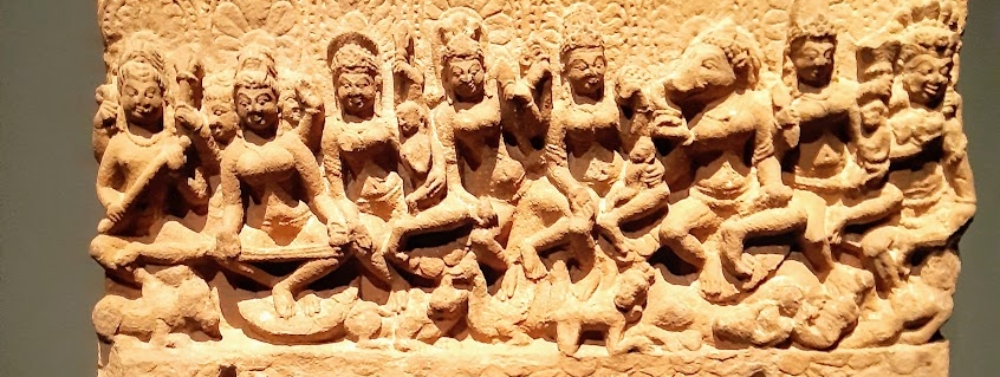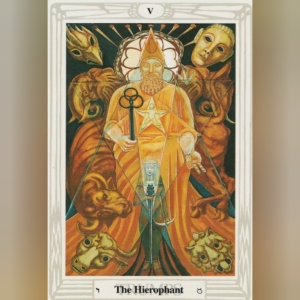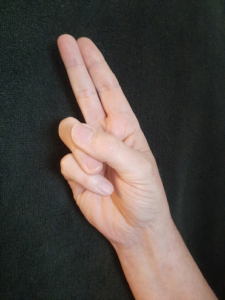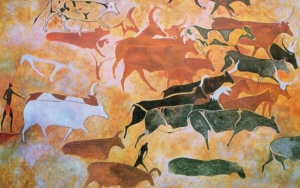Twice a year, on the winter and summer solstice, a very unique portal reveals itself. Through this opening, we are given the opportunity to explore both the chill, yet still spirit of tranquillity and the effervescent radiance of brightness. The deep, indigo night sky of the winter solstice is reminiscent of Saturn, Lord of Time. There is something special about its seemingly timeless journey; almost as though time actually has stopped. The winter solstice marks the occasion when the Earth’s axis reaches its highest angle away from the Sun. In the Northern Hemisphere, this is where we observe the least amount of sunlight, leading to a day that’s shorter than any other of the year and a night that’s longer. This day mirrors the symbolic death and rebirth of the Sun— with daylight hours beginning to grow again afterwards.
Octarine is the so-called Colour of Magic or King Colour, only perceivable by magicians and cats. According to Discworld texts (see Terry Pratchett’s The Colour of Magic), it is a combination of fluorescent greenish yellow and purple, mixing all primary colours, and serves as a representation of imagination.
The Octarine power lies within us, kindling the spark of the magician self in our inner being. When this flame is lit, we become familiar with various god forms, such as Baphomet, which can be summoned to inspire our magical creativity.

The essence of Baphomet restores the balance of our universe.
I see Baphomet as a symbol of equilibrium between all living things. This consciousness allows us to recognize and embrace the connection between humans, mammals, reptiles, fish, angels and demons, heaven and earth. It also encourages us to accept the innate cycle of life and death, plus the concept of
eternity. Light and dark, left and right; these are all balanced by Baphomet’s equanimity. I found it easier to identify with Baphomet consciousness when I think of it as a model for a unique and original thought, a primal idea of balance. This concept once initiated, will ignite the flames of a passionate heart and open a clear passage for communication with our higher selves.
Using Baphomet perfume oil on the Winter Solstice or Kapalini’s nights will help us surrender and let go of old attachments that bind us and prevent us from moving forward.
Check out AROMAGICK for more information about the magical ingredients of Baphomet perfume oil. The Winter Solstice coincides with Nitya-Nitya night this year, ‘She who is timeless, the immortal goddess’. I will put an additional rare fragrance into the mix, to embody the essence of Nitya-Nitya.



